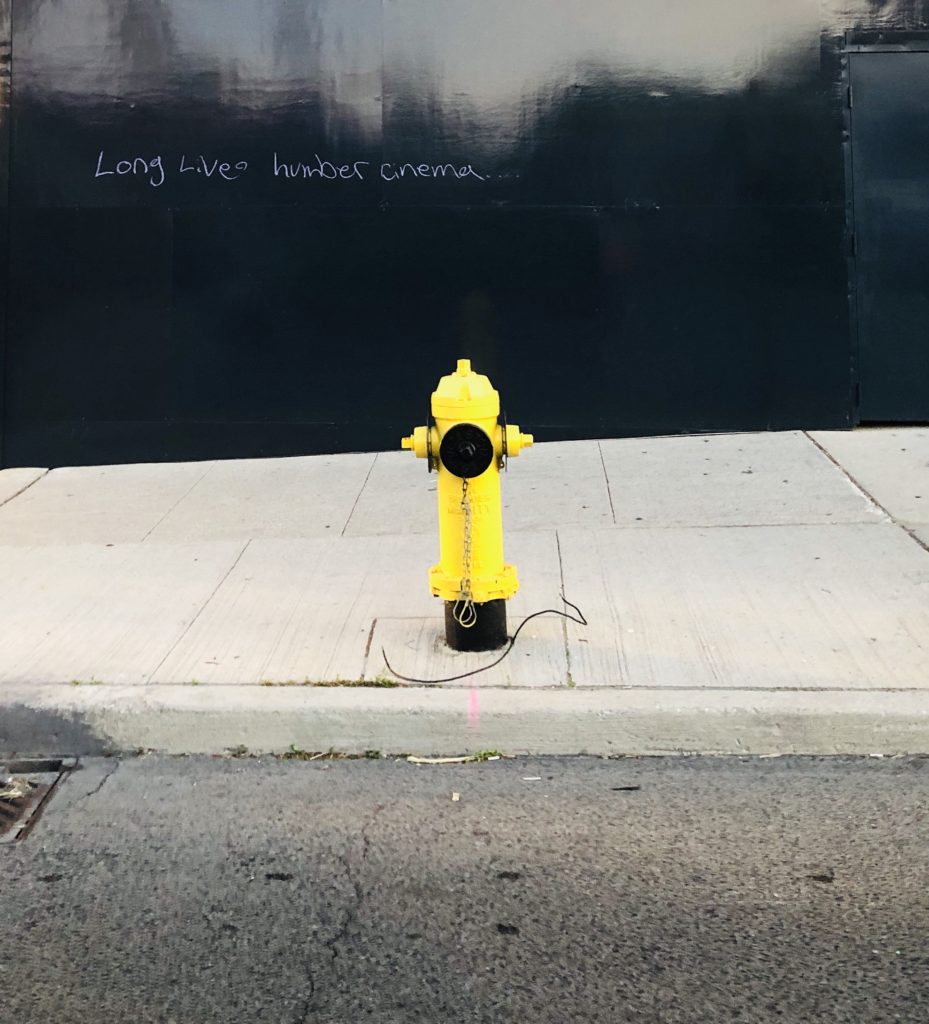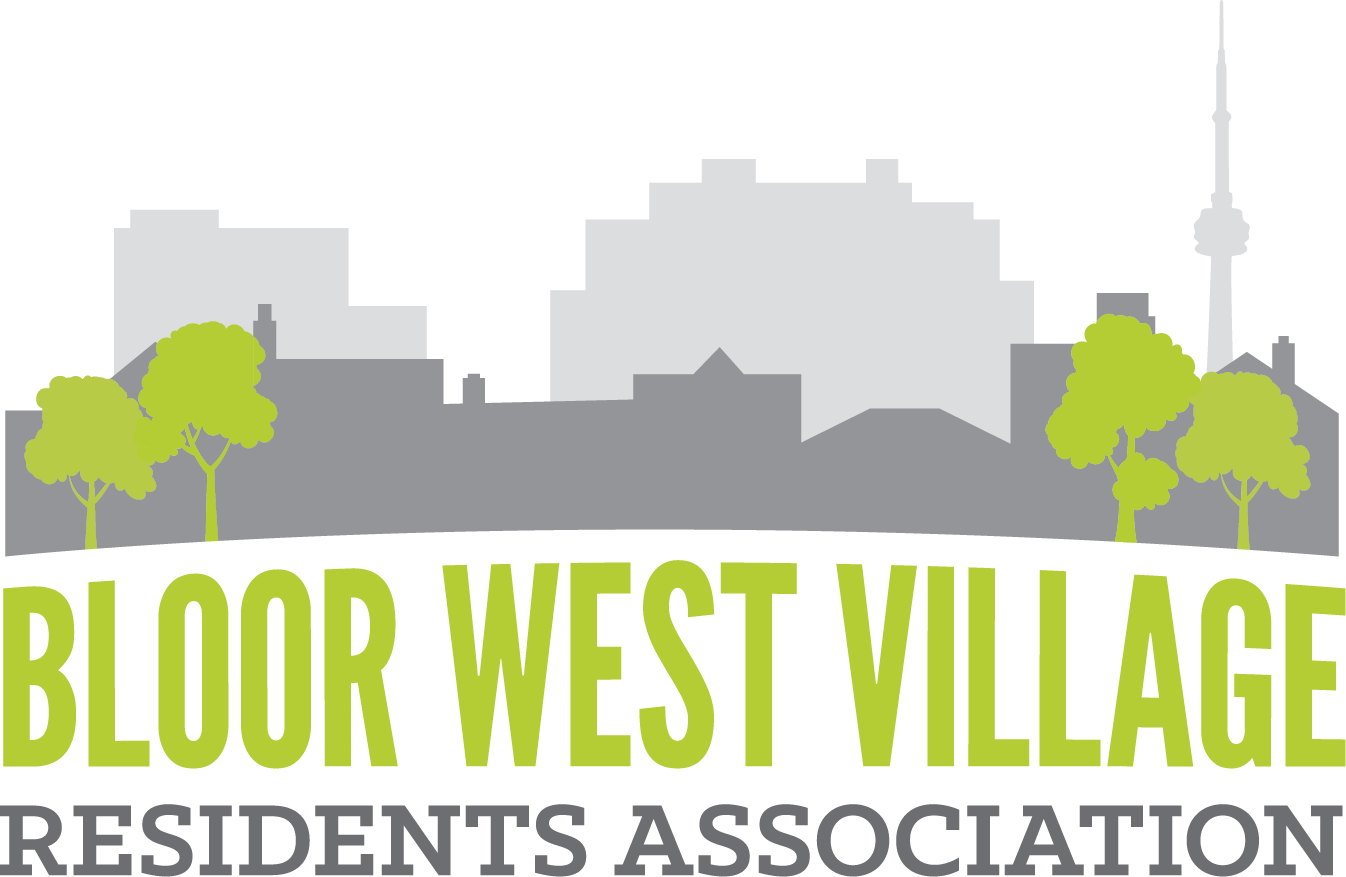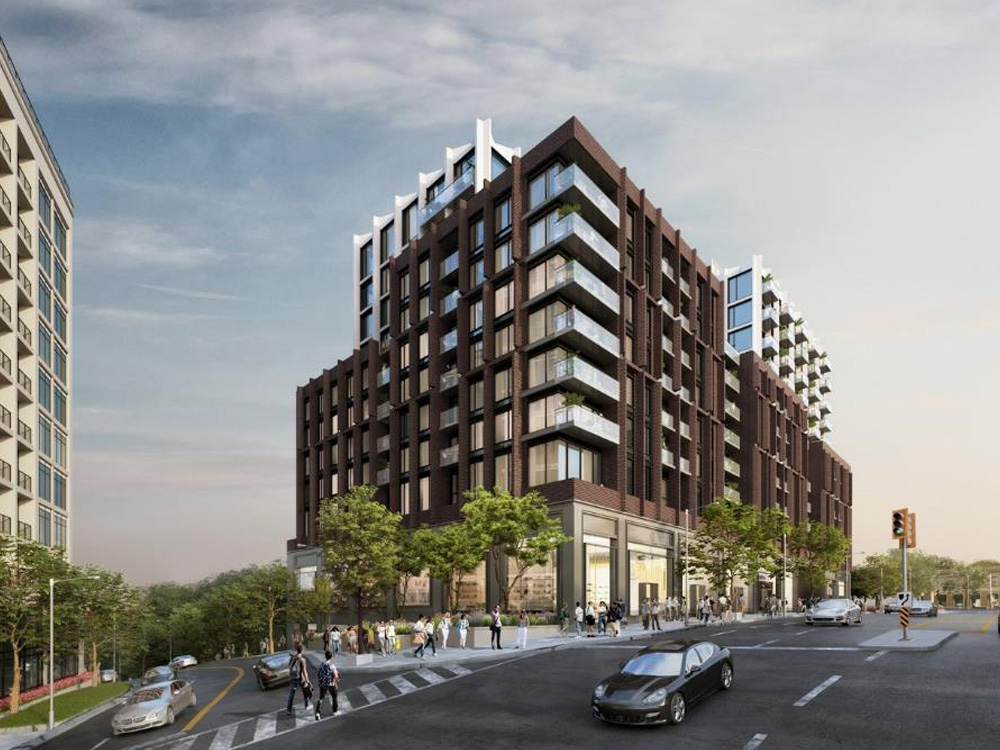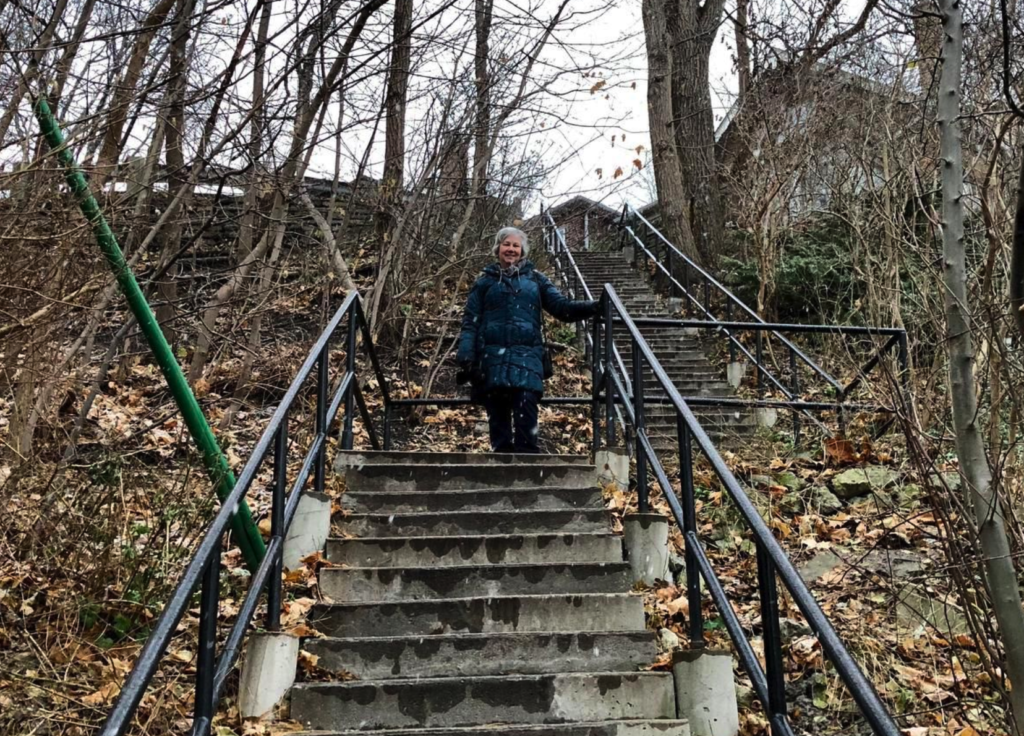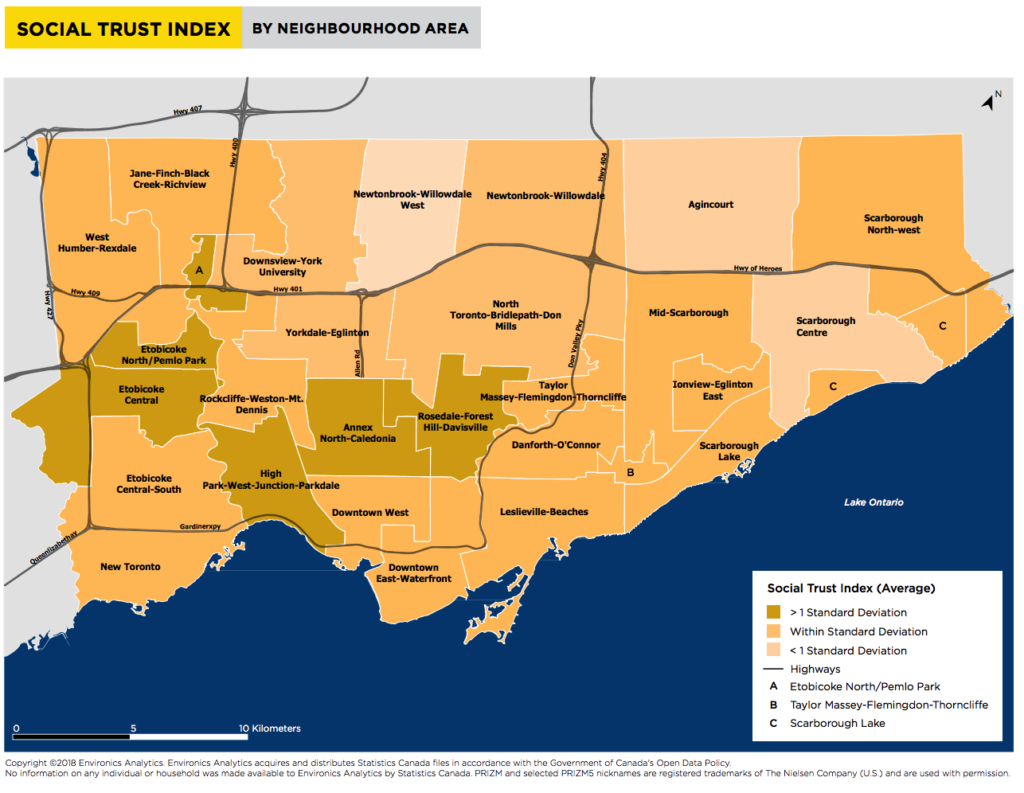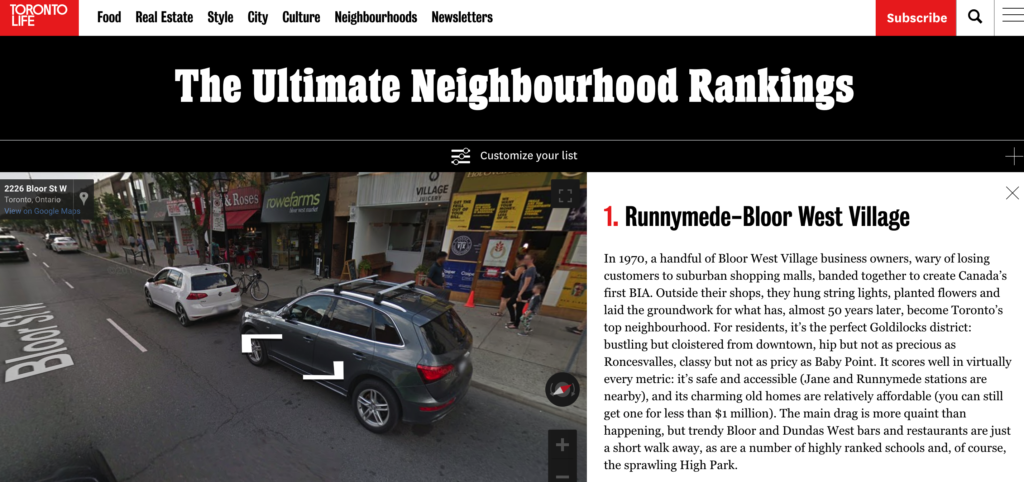In our August update, the community was informed that both the City and BWVRA had no further objections to Developer’s most recent revised proposal and that the Developer was unwilling to engage in Mediation with the remaining three Parties to the proceedings at LPAT (Local Planning Appeals Tribunal).   Under the circumstances, these Parties were given until mid-August to either provide a list of their remaining issues or withdraw. A fourth Pre-Hearing Conference was then scheduled, which took place on September 5th, by which time SARA (Swansea Area Ratepayer’s Association) had withdrawn, leaving two Parties, Arbor Memorial and Dennis Maslo (an adjacent owner on Humbercrest Trail) with unresolved objections to the proposal. Their issues relate largely to private property rights and are not of any concern to BWVRA.
In any event, on September 5th it became clear that the only remaining path to a conclusion of the Appeal would be a Contested Hearing which has been scheduled for April 23rd to 26th, 2019. Â This Hearing will deal specifically with the objections of the two remaining Parties. However, there is considerable uncertainty and debate about whether or not those matters are even admissible for adjudication at a Hearing. It is also entirely possible that the Developer may reach a settlement with these two Parties prior to the Hearing , in which case the first Hearing date on April 23rd would likely be converted to a Settlement Hearing.
Will Participants from the community still have an opportunity to express their personal opinions?
Regardless of whatever the situation is by April 23rd, those Participants that initially registered to speak at the time of the very first Pre-Hearing Conference back in September 2017 may also attend and present their personal views on the proposal. Other members of the public may also register to speak by contacting the LPAT Case Coordinator. However, in order to speak at the Hearing, ALL Participants are required to submit their written Participant Statements by February 1, 2019 to:
Tamara Zwarycz, Case Coordinator LPAT Case PL170556
Tamara.Zwarycz@Ontario.ca
416 326-6790
Leading up to the Hearing in April 2019, what will BWVRA need to do?
As our Association has already agreed to the current revised proposal and the remaining issues are not of any direct concern to the community, our lawyer will only be monitoring and periodically reporting to us on the proceedings.
In the meantime our new Councilor, after the upcoming election, will be briefed at the earliest opportunity on our remaining concerns related to traffic and the re-design of the corner at Bloor Street and Riverview Gardens. We will then be relying on our Councilor’s Office to keep our community informed on how City Staff and the Developer are resolving the numerous anticipated traffic impacts from this proposed development. In addition, we will be expecting Staff to follow through on Council’s direction to consult with the community on an appropriate re-design of the afore-mentioned street corner.
